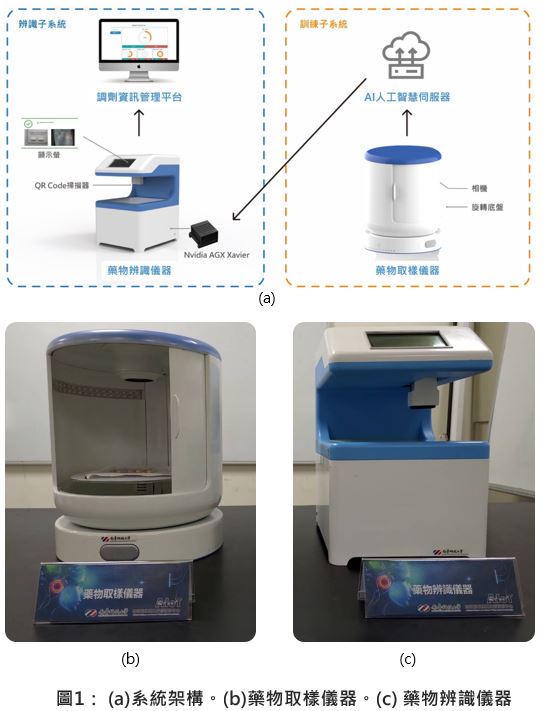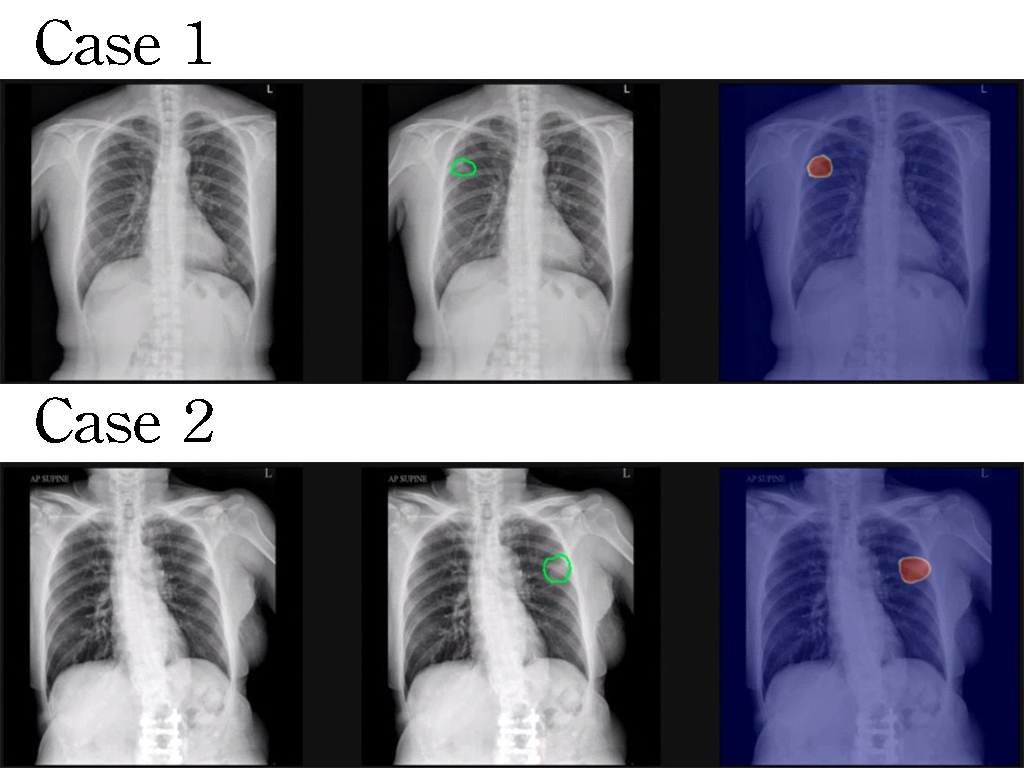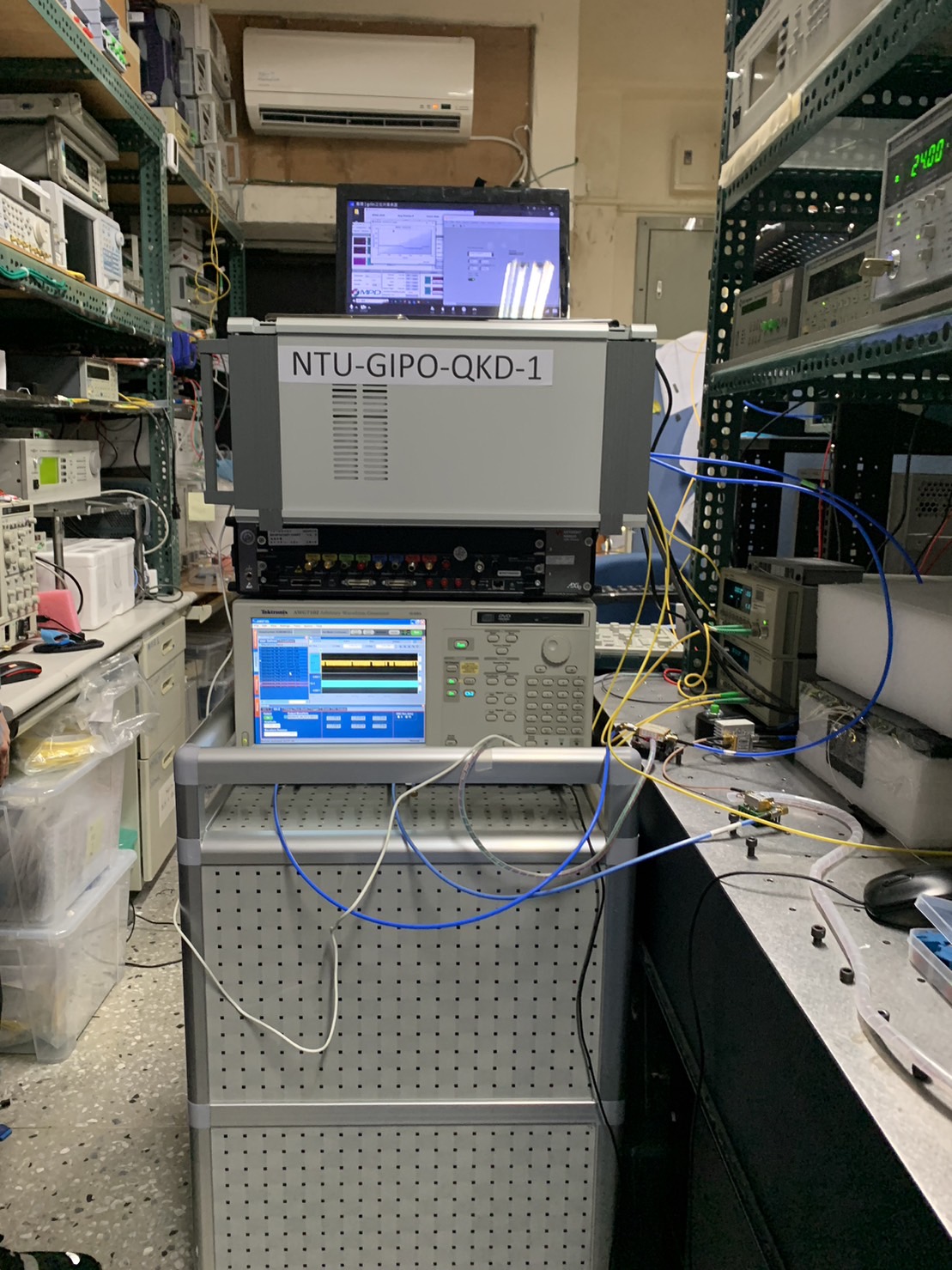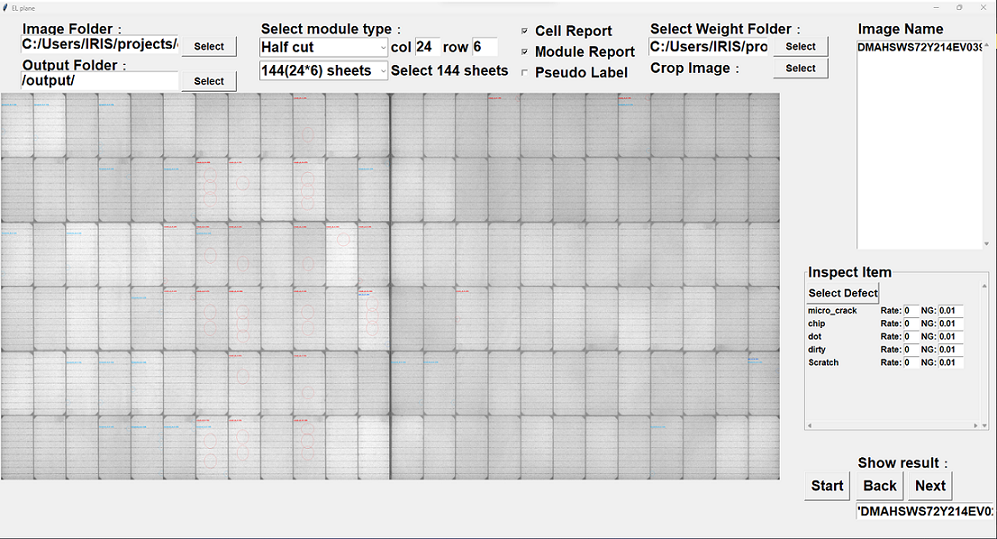| Technical Name | Cryo-CMOS control and readout of solid-state qubits | ||
|---|---|---|---|
| Project Operator | Department of Electrical Engineering, National Taiwan University | ||
| Project Host | 李峻霣 | ||
| Summary | A practical quantum computer requires more than millions quantum bits (qubits) to execute error corrections, which is difficult to achieve using conventional electronic instrument to control and read out the qubits due to the signal latency, heat load, cost, and noise by the long wire distance between the room-temperature electronics and qubit processors at cryogenic temperatures. Thus, a cryo-CMOS system-on-chip (SOC) technology is proposed to replace the room-temperature electronic instrument for large-scale qubit applications. |
||
| Scientific Breakthrough | We’ve characterized CMOS devices at cryogenic temperatures and build parameters for SPICE modeling. We’ve successfully demonstrated the cryogenic operations of the following circuits: digital-to-analog conversion (DACs), oscillators, radio-frequency (RF) driver/amplifiers, and low-noise amplifiers (LNAs). We were able to demonstrate few significant breakthroughs on ultrawide-bandwidth LNAs (~ 4 GHz), signal generation of ultrahigh frequency (~ 30 GHz), high-performance DACs with SFDR of > 70 dB, and an extremely low power electronic switch to increase the characterization speed of cryogenic measurements. |
||
| Industrial Applicability | Taiwan has strong industry for integrated-circuit fabrication and design. However, local companies lack experience on fabrication of qubits and the peripheral circuits for quantum computing. Our projects aim to developed knowledge for cryo-CMOS technologies, which is crucial to enable large-scale quantum computers. On the other hand, cryo-CMOS circuits also show great potential for space electronics application since the temperature in outer space can be as low as ~ 4 K. A communication transceiver can be realized by merging the circuit modules we’ve developed, which is key component for low-earth orbit (LEO) satellites.Industry does not have detailed information and experience using the modern CMOS technology at cryogenic temperatures. |
||
- Contact
- Elaine Hsueh
- hsuehyl@ntu.edu.tw
other people also saw















